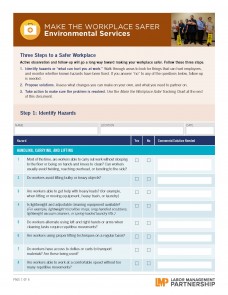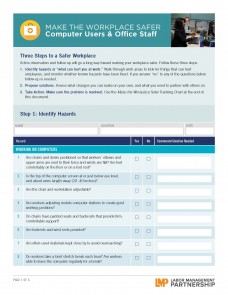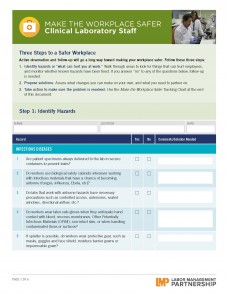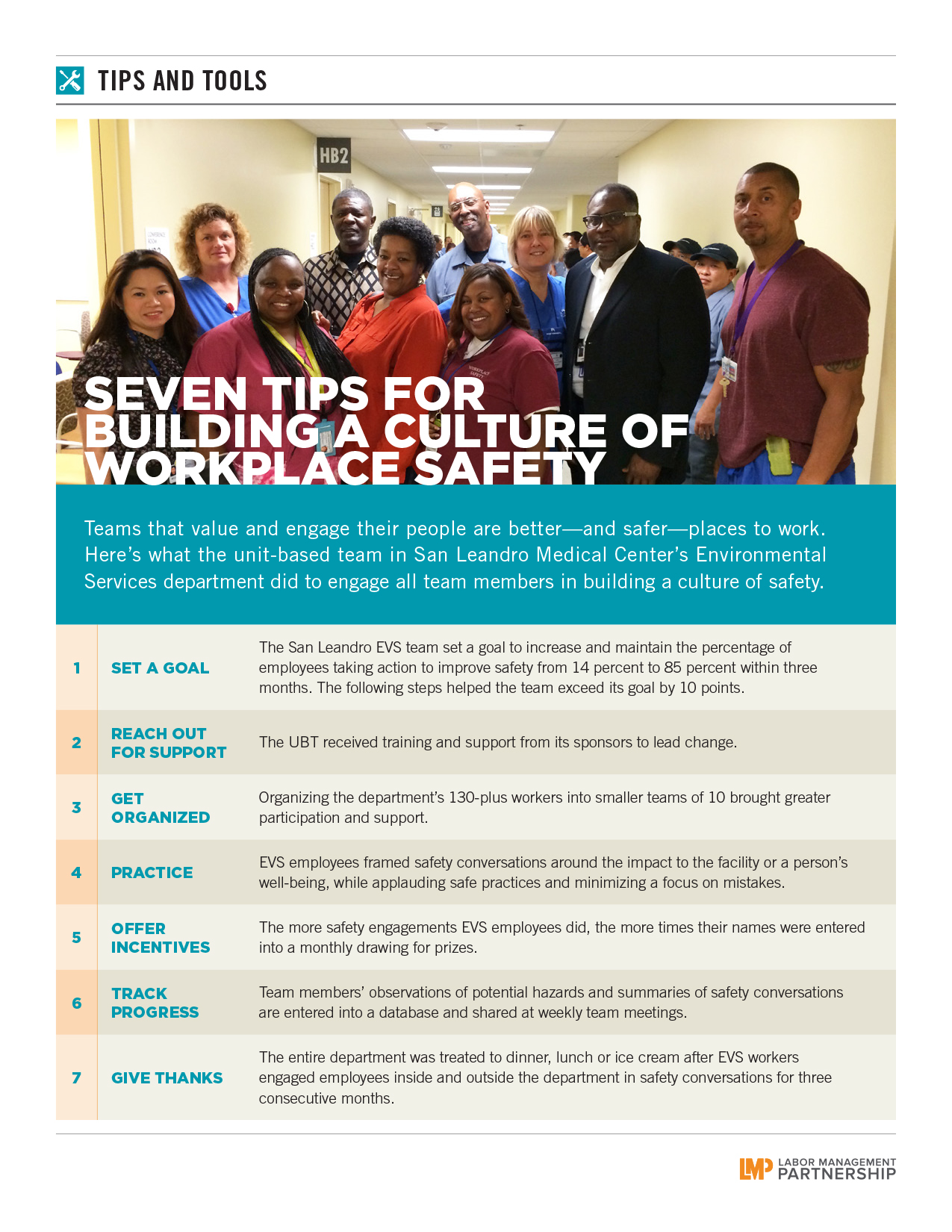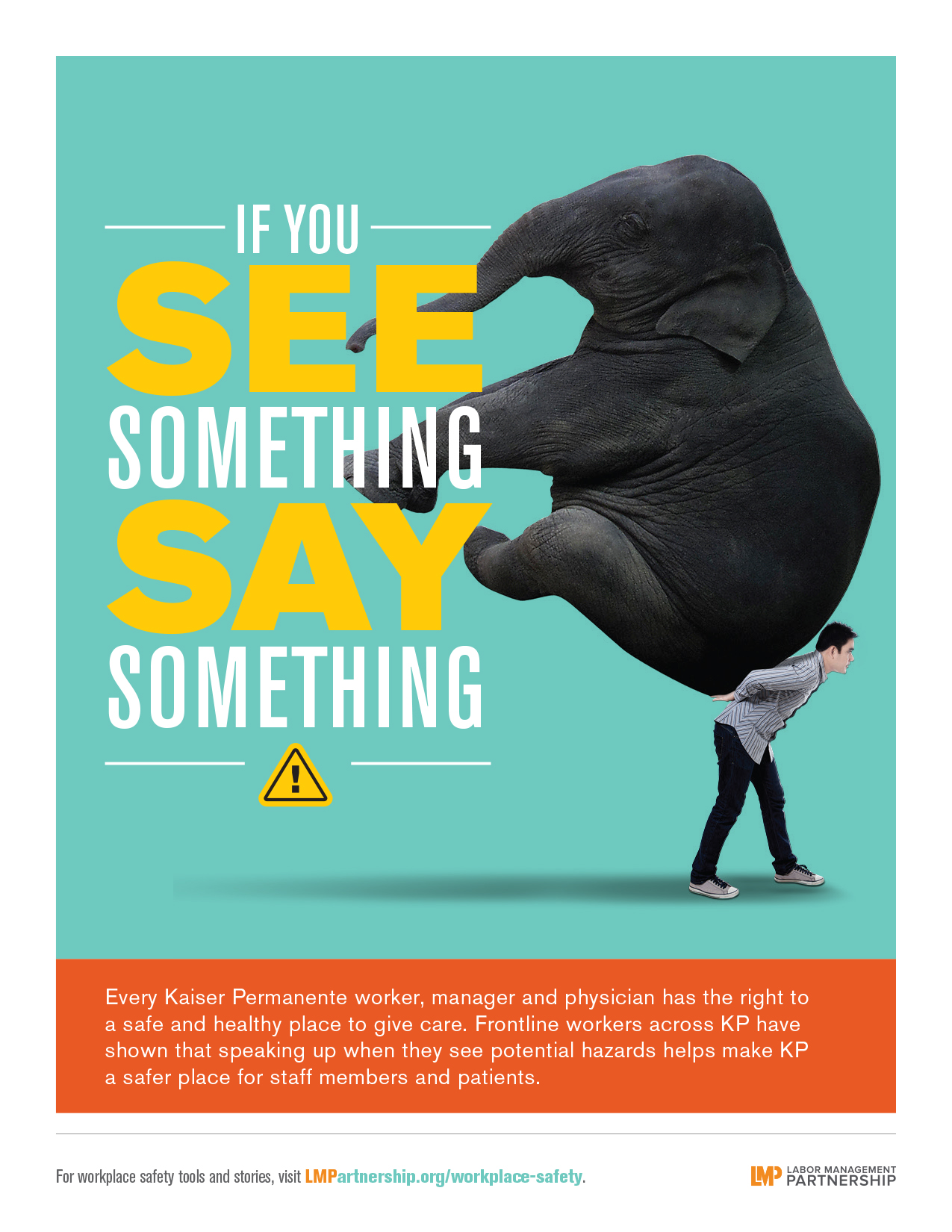Angela Chandler and Nee Tang, Pharm.D., didn’t like what they were seeing.
The team co-leads for the West Los Angeles Ambulatory Care Pharmacy crouched beside Camille Wong, scrutinizing her posture as the pharmacist and UNAC/UHCP member sat typing at her computer.
After a quick huddle, the pair worked together to adjust Wong’s chair until she was sitting in the ideal position to protect her from pain—and a potential injury.
“I didn’t know I could adjust my chair this way. It feels good,” Wong said appreciatively, her feet resting flat on the floor and her legs bent at the appropriate 90-degree angle.
Shift in culture
Such peer safety rounds are one of the hallmarks of a dramatic shift in culture for the team, a shift that has built engagement and created a workplace where frontline workers feel confident speaking up. The department went 3½ years without injuries and earned a national workplace safety award earlier this year.
“We’re all in it together, and we’re all here for each other,” says Chakana Mayo, a pharmacy technician and UFCW Local 770 member who is the team’s workplace safety champion.
But the situation was not always so bright.
In 2011 and 2012, the department experienced a spate of workplace injuries. Employees, who spend most of their time on phones and computers, were sometimes reluctant to report pain—including one who suffered a repetitive motion injury so severe that it required two surgeries and time off from work.
“It was really a wake-up call,” says Tang, a pharmacy supervisor and the team’s management co-lead. “We needed to make sure that everyone feels comfortable enough to speak up when they have a problem.”


